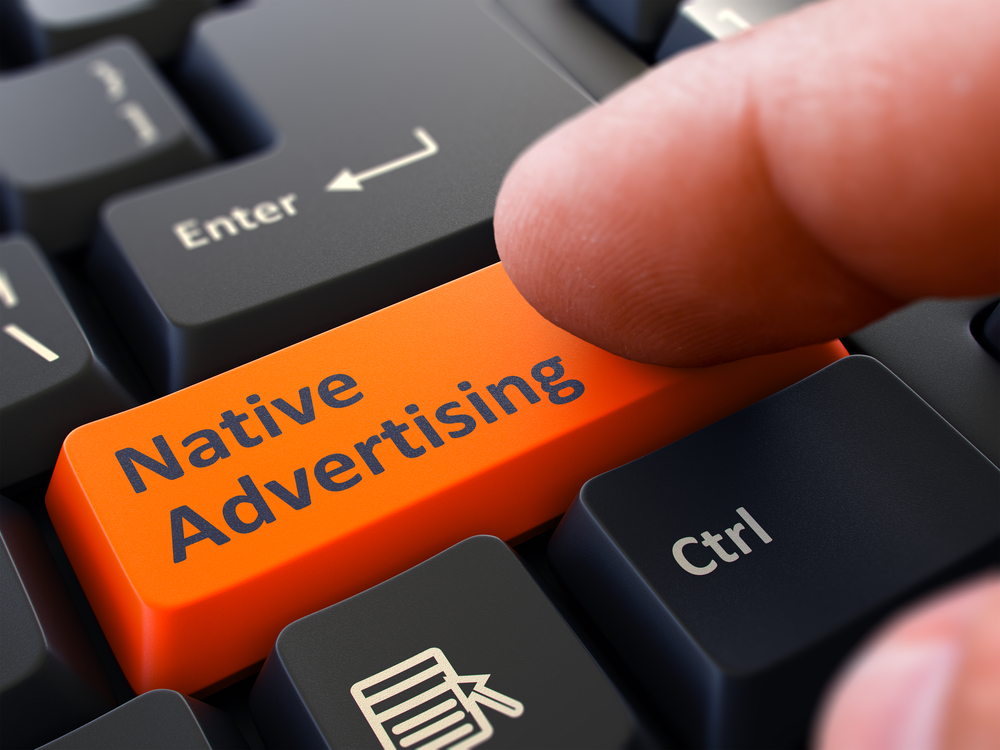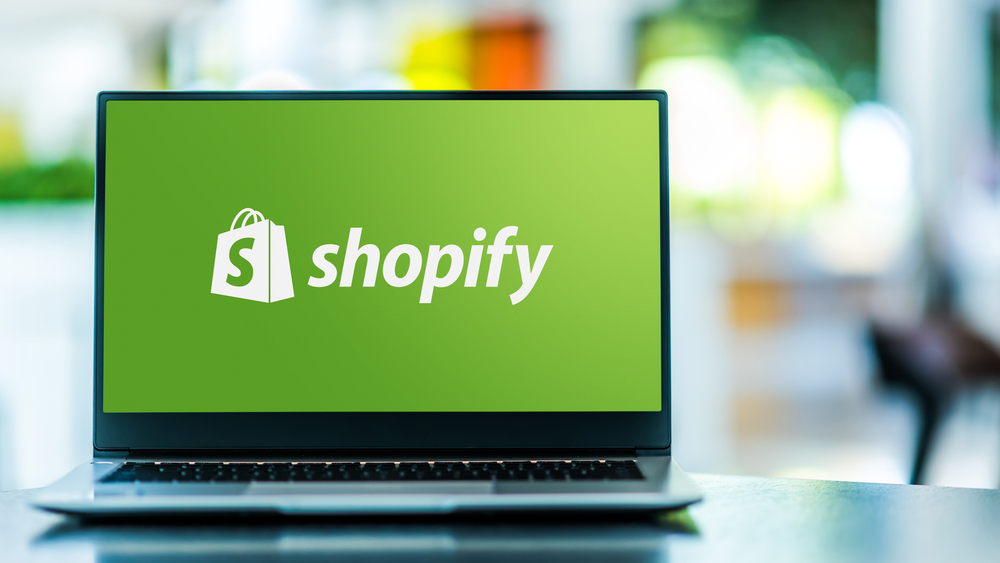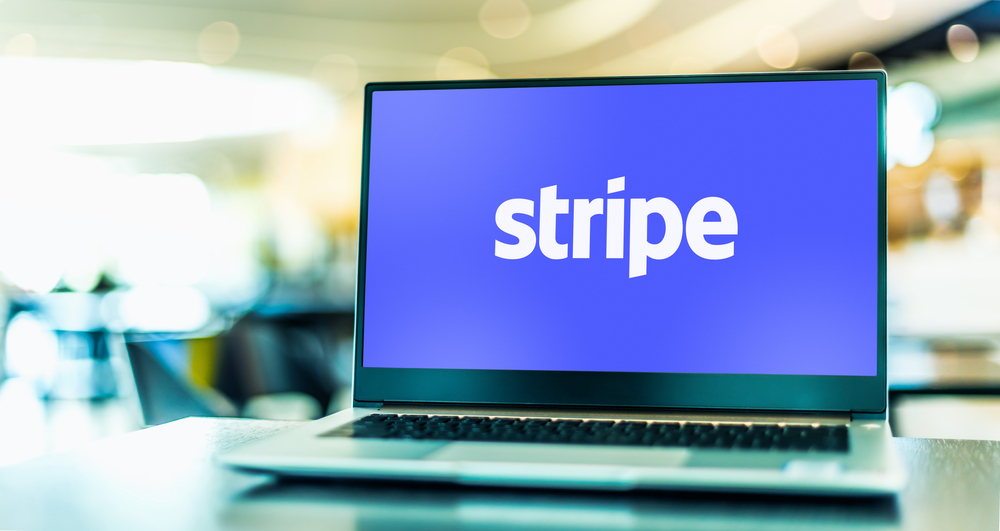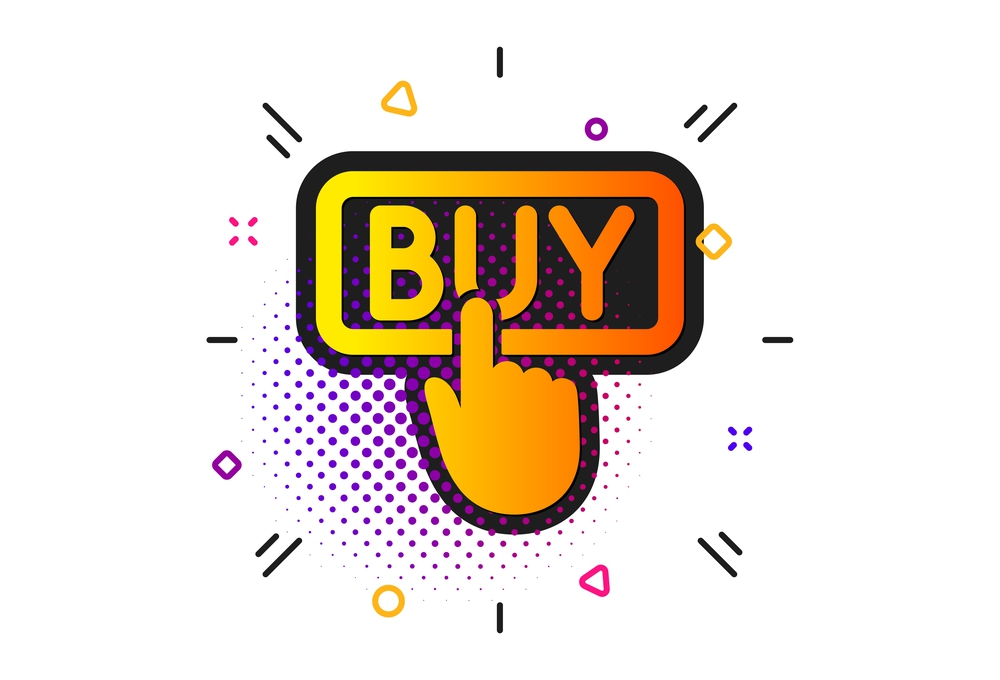
In Direct Response? Start Using Native Ads ASAP
Jun 8, 2022 3 minute Read
If you are a direct response marketer or entrepreneur with a desire to grow your business, then you should be using native channels. As you know organic and PPC traffic can take a long time to convert, so starting to use native ad platforms for driving targeted traffic is crucial for growing your business.
Native ads are becoming much more popular today, as consumers are getting more adept at recognizing and blocking standard ads.
We sat with Eli Cohen, an enthusiastic media buyer, to uncover what a native ad is, how it works, who it’s for, and how it can fit into your content marketing strategy.
Check out podcast episode on Youtube, Spotify, and Apple Podcasts for listening on the go.
What is the definition of native advertising?
Native ads are advertisements that blend into the regular content of a website. You can think of it like traditional advertising on print where ad placements appear as native content.
They look like articles, videos, or other content on the page, making them less disruptive and more appealing to users and generally appear beneath the intended article in content recommendation widgets..
Various types of native advertising can be displayed in various ad formats:
Sponsored Content – This type of native ad is designed to look like an article written by a blogger. It’s typically placed at the end of an article or video and has a call-to-action button at the bottom. The entire page is branded with your brand’s colors and logo.
Display Ads – These include banners, skyscrapers and leaderboards that are placed above or below the fold of the content you’re currently viewing. They often contain images with text or graphics only (no video).
Social Media Posts – Social media posts can be used as both display ads and sponsored posts depending on how they’re formatted for each social network (e.g., Instagram vs Twitter).
How do native ads differ from Facebook ads or YouTube ads?
Fundamentally, native ads are more friendly for direct response marketers where as Facebook ads do have a specific look and feel.
Consumers today are more aware of ads, and that means they are more able to ignore them (if they’re savvy enough). Ad blockers are more popular than ever. But even if a consumer doesn’t use a blocker, they can easily just scroll right past the ad once they see the telltale sign.
Here are the differences between these three ad platform giants:
Native Ads — Native ads are a more direct form of advertising on news websites and social media platforms like Facebook, Instagram, and Twitter. These paid ads can be targeted towards specific audiences based on their likes and interests. Native ads are designed to appear as organic editorial content (or advertorials), so that users don’t feel as though they’re being advertised to.
Facebook Ads — Facebook is an effective platform for creating visual content because it allows you to target your audience by age, gender, location, interests and connections. If you’ve got a compelling story to tell through text alone, then a Facebook ad can help you reach new people right in-feed who aren’t already following your brand or business page.
YouTube Ads — YouTube video ads are similar to native ads in that they appear within videos on YouTube itself. These ads can appear during regular video playback or before or after certain videos play automatically when users browse through their subscriptions list (or when they search for specific keywords). They’re also displayed along with normal recommendations from YouTubers and influencers.
Google Ads — Google Ads are the text-based ad units that you see at the top of search results pages on Google and other web sites around the world. They’re also known as text ads or text links (or sometimes banner ads). These ads appear as boxes with text headlines and descriptions, which may include a link to your website or landing page as well as a phone number or email address so users can contact you directly.
What are the advantages and disadvantages of using native ads?
Advantages
The main advantage of native ads is that they don’t disrupt user experience as much as other types of paid media. This makes them ideal for brands looking to reach out to consumers at scale without disrupting their experience.
For example, if you’re targeting women aged 18-35 who love travel photography, you can use native advertising campaigns to promote your trip to Iceland by creating an article about it on Buzzfeed, The New York Times, or Forbes.
Native ads are more relevant than traditional display ads because they are matched with specific branded content on the website or application where they appear. This means that users who see native ads are more likely to engage with them than with other types of online ads – which increases their chances of conversion.
Because native advertising content is long-form or editorial, you can use SEO to gain traffic from search engines as opposed to relying entirely on programmatic placements on the publisher’s website.
Disadvantages
The downside of native advertising is that it doesn’t allow you to track metrics like conversions or optimize towards specific goals like e-commerce or email signups (though this may change soon). However, if your goal is brand awareness or building credibility among a specific audience, then native ads are a great option.
It’s difficult to measure the success of these ads because they are not very targeted, and there is no way to track them unless you use conversion tracking codes in your native ads (which most advertisers don’t). The only way to know if your native ad campaign was successful is by looking at how many visitors it generated, but this is not always a good indicator of success because it doesn’t distinguish between visitors who just came to check out your ad and those who actually converted on it (or didn’t).
What sort of targeting can you do with native ads?
Native ads are placed within the content of a visual medium. You can target your audience based on interests, locations, demographics and behaviors, and retarget them by connecting to other advertising platforms via 3rd-party solutions.
Interests
You can reach your target audience by targeting their interests. If you are promoting products or services related to travel, you can target people who are interested in travel. If you are selling education courses, then you can target people who like to learn new things or who have shown an interest in education.
Demographics
You can also target users based on their age, gender and location. This allows those using digital advertising to only show their ads to the right people in order to increase conversion rates and click-through rates.
As an example, if you’re selling baby clothes and toys, then only parents with children under 5 years old will see your ad, as they are more likely to be interested in buying baby products compared to other people who don’t have children yet or who already have older children (who might not be interested in these types of products).
Behavioral Targeting Options
Behavioral targeting works by tracking a user’s actions across the web, including what websites they visit, what they like and dislike, what they search for and more. You can then target those users with relevant ads based on those behaviors.
With behavioral targeting, you can advertise your brand or product to people who are already interested in your industry or niche. This allows you to reach out to audiences who will be receptive to your message rather than wasting money advertising to everyone on the internet.
Native Ads Are Generally Geared Toward an Older Demographic, but That’s Changing
Native advertising is exploding in popularity — and with good reason. It’s a cost-effective way to reach consumers, and it’s much more effective than traditional display ads.
Native ads have been around for years — think infomercials or magazine inserts — but they’ve really taken off in the last few years as social media platforms like Instagram and TikTok have become more prominent. Ads on these platforms sneak into the news feed like any other post.
This is an opportunity for you, as a direct response merchant, to hop back on board before it becomes too competitive and too saturated.
Once you get set up with an account on a native ad network, you need to get your payments ecosystem squared away. Working in direct response, you’re a high-risk business. You need a high-risk merchant account to get your business linked with the right payment processor and bank to avoid unwarranted freezes and shutdowns.





3 thoughts on “In Direct Response? Start Using Native Ads ASAP”